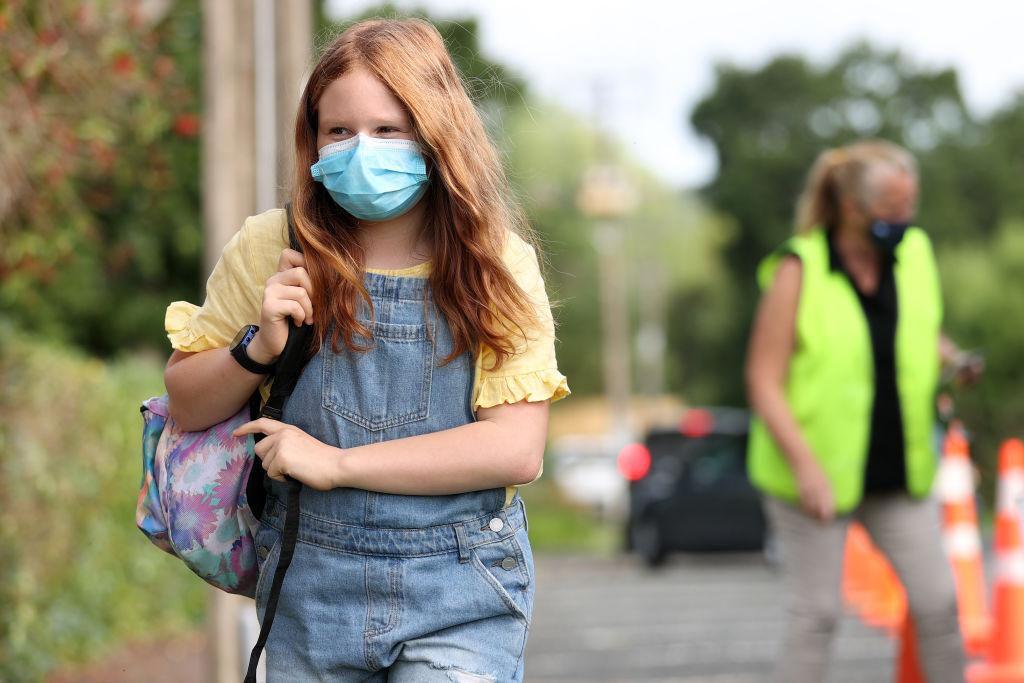Less than half of New Zealand’s students regularly attended class during Term One of the Omicron wave, according to government figures.
The Ministry of Education’s school attendance report for Term One—covering February to April—found 46 percent of students across the country regularly attended school, a 20.4 percentage point drop compared to the same term in 2021 (pdf).





